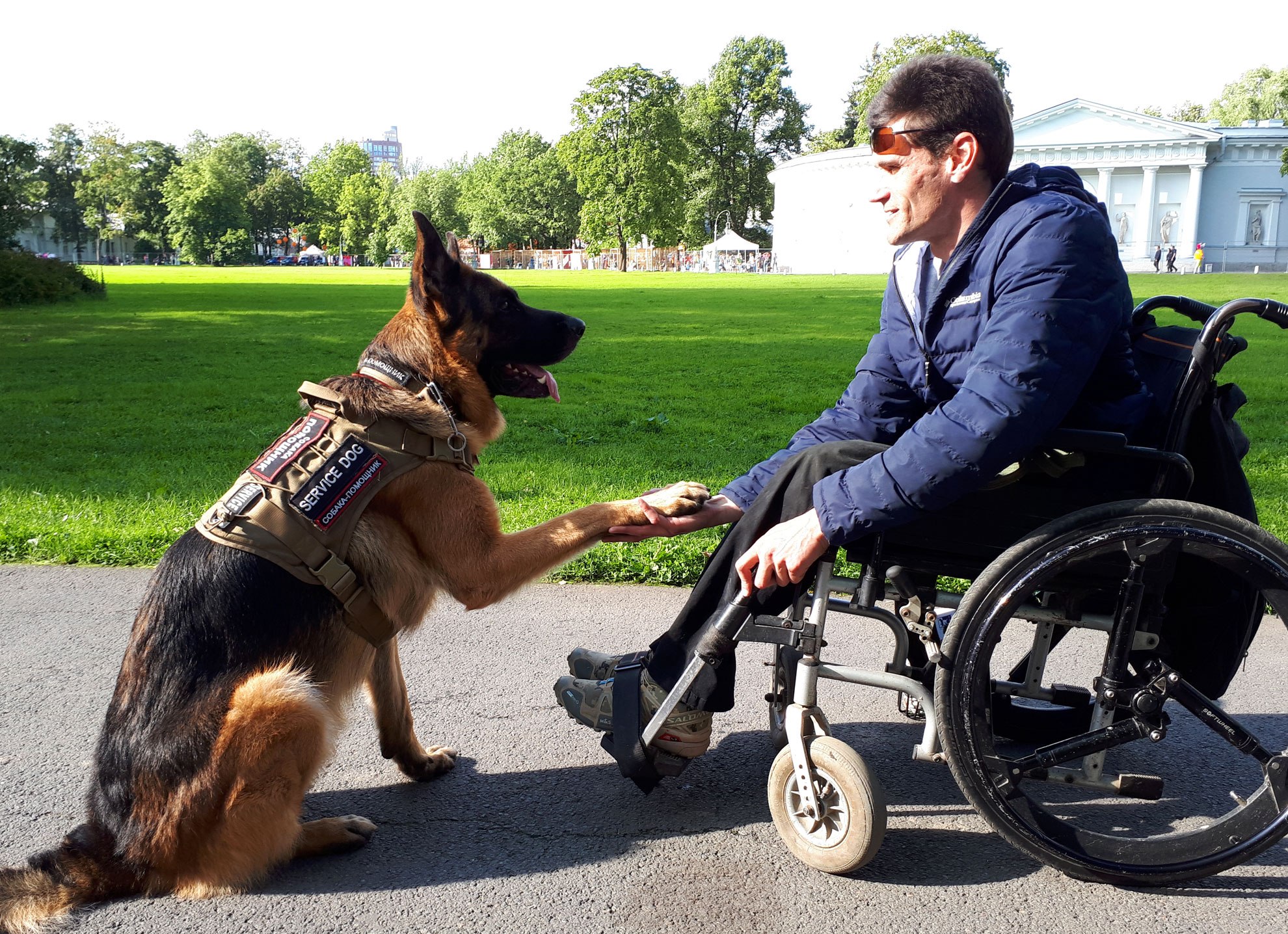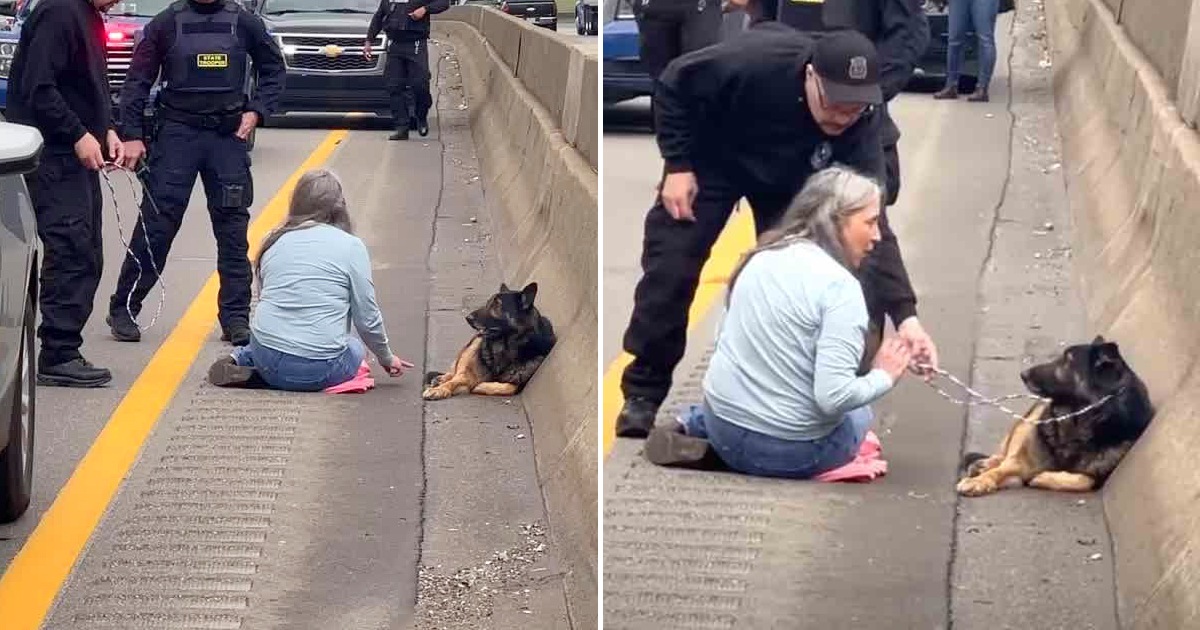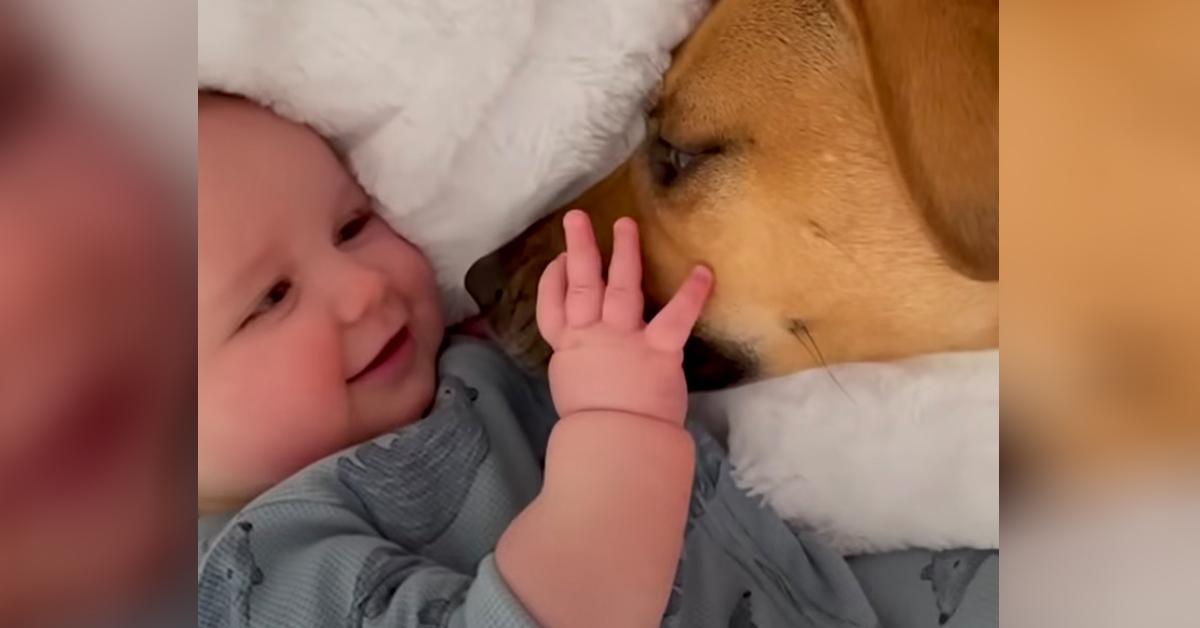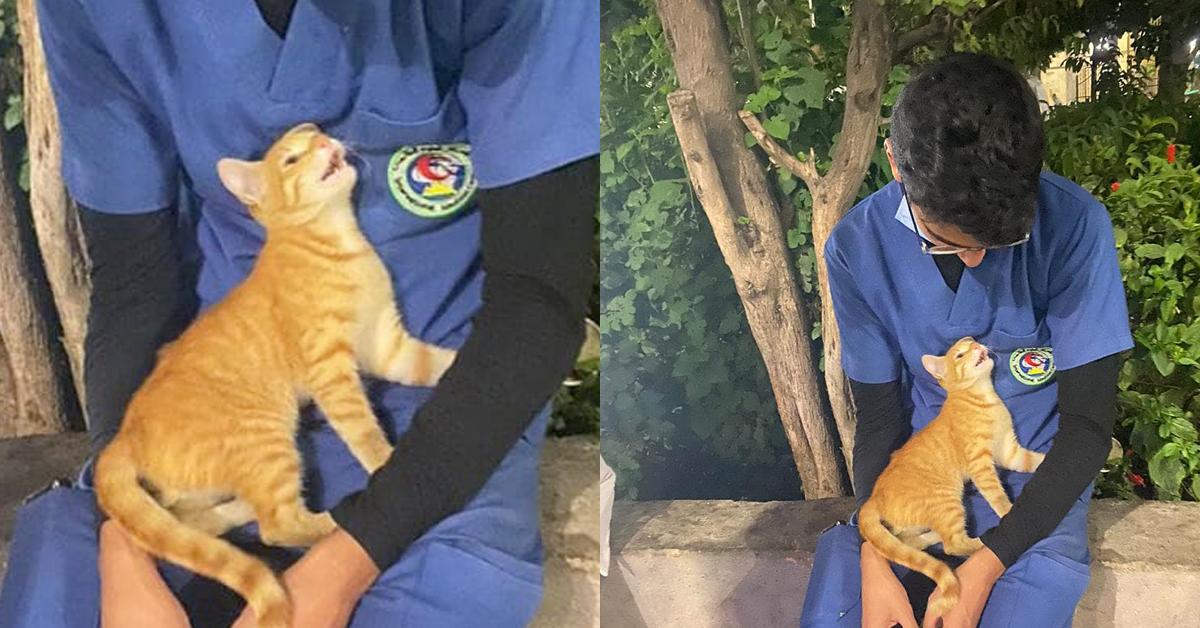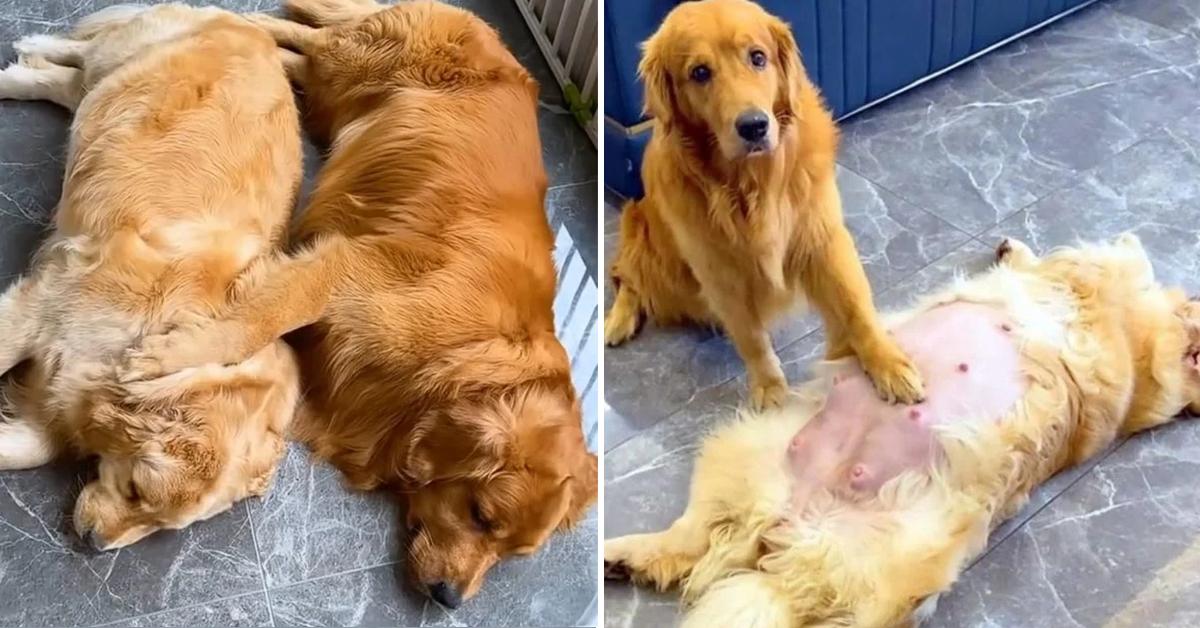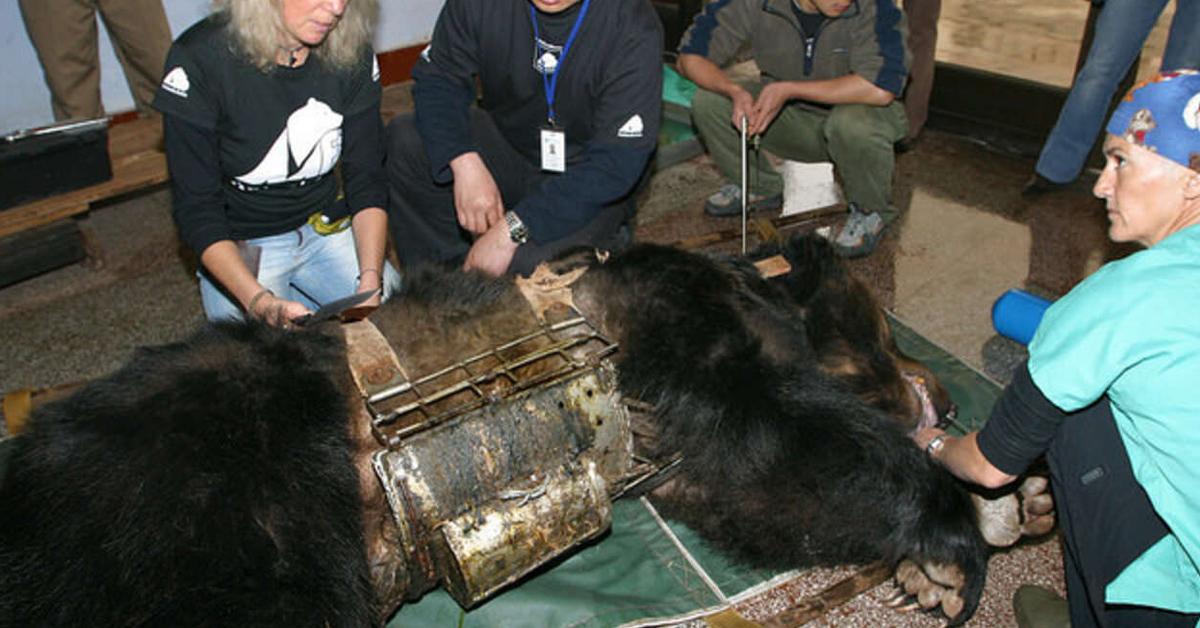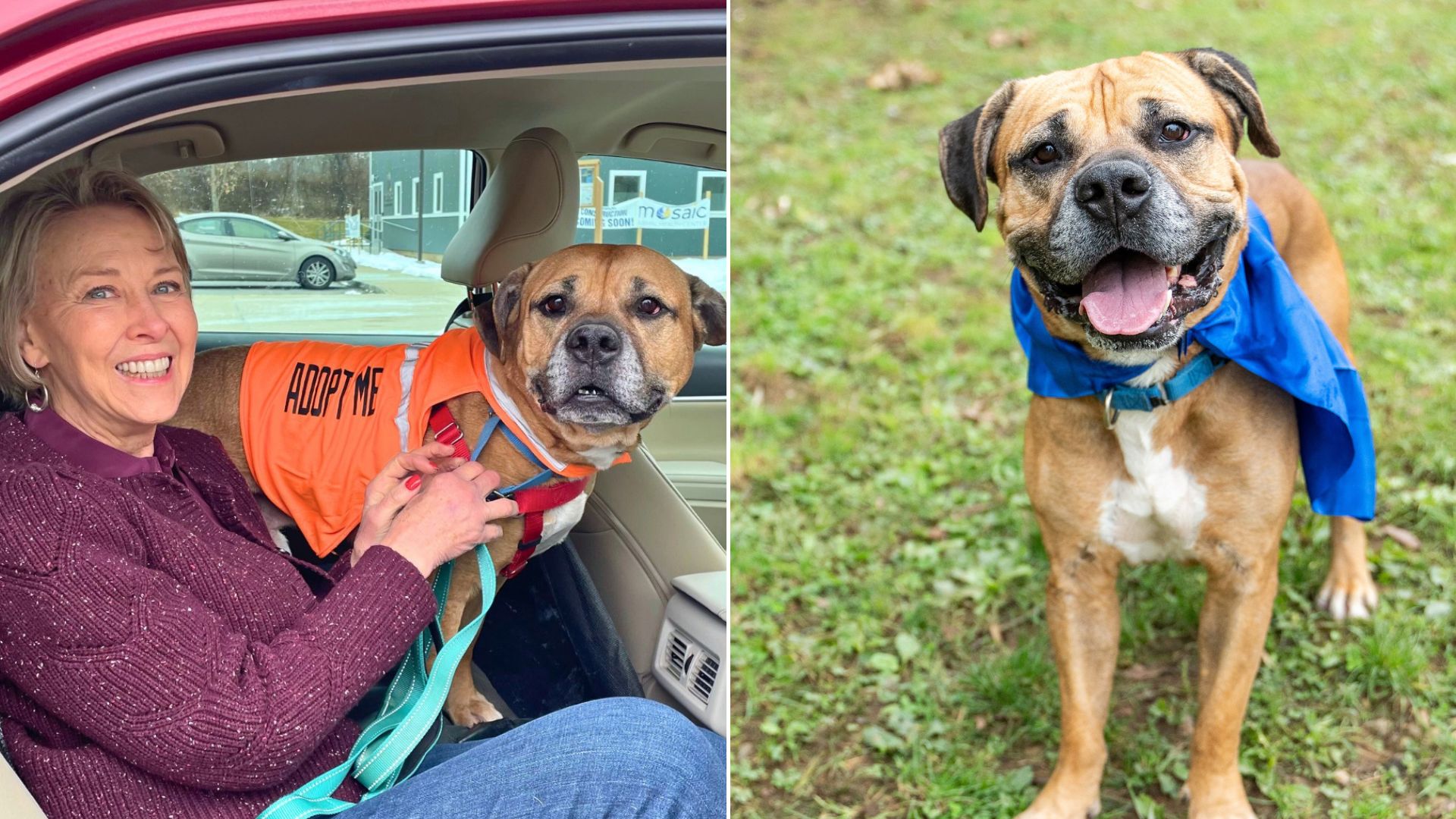
Dogs really can understand language…. just like their owners say, according to new research.
They even process the spoken word in a similar way to humans – and in the same area of the brain, say scientists.

It sheds light on why man’s best friend gets excited when we say ‘walk’ – or responds to an affectionate tone of voice.
But how this happens has remained largely a mystery – until now.
A dozen dogs were trained to lie in an MRI scanner so their grey matter could be monitored as toys were held aloft.
Different areas of the brain lit up when the US team either used the correct words to describe them – or spoke gibberish.

5
Neuroscientist Professor Gregory Berns, of Emory University, Atlanta, Georgia, said: “Dogs may have varying capacity and motivation for learning and understanding human words.”
“But they appear to have a neural representation for the meaning of words they have been taught, beyond just a low-level Pavlovian response.”
This is a conditioned or predictable reaction named after a Russian physiologist who discovered it.

5
First author Ashley Prichard, a PhD candidate in Prof Bern’s psychology lab, said: “Many dog owners think their dogs know what some words mean, but there really isn’t much scientific evidence to support that.
“We wanted to get data from the dogs themselves – not just owner reports.”
The researchers focused on questions surrounding the brain mechanisms dogs use when a human speaks – or even what constitutes a word to them.
Senior author Prof Berns said: “We know dogs have the capacity to process at least some aspects of human language since they can learn to follow verbal commands”.

5
In the latest study the owners of 12 dogs of varying breeds were trained for months to retrieve two different textured objects – on hearing their name.
One, such as a stuffed animal, would be soft, and the other harder and made out of rubber, to facilitate discrimination.
After fetching them, the animals were rewarded with food or praise.
Once success was consistently achieved, the dog lay in the scanning machine as the owner stood at the opening and said the names of the toys at set intervals, then showed them to it.

Explained Mr Prichard: “We expected to see dogs neurally discriminate between words that they know and words that they do not.
“What is surprising is the result is opposite to that of research on humans – people typically show greater neural activation for known words than novel words.”
Prof Berns said: “Dogs ultimately want to please their owners, and perhaps also receive praise or food.”
A major challenge in mapping dogs’ cognitive processes is the difference in the size of their brains. A chihuahua’s is much smaller than a Great Dane’s.
The study also does not mean spoken words are the most effective way for an owner to communicate with a dog.
In fact, other recent research by the same team showed the neural reward system of dogs is more attuned to visual and scent cues, than verbal ones.
Added Mr Prichard: “When people want to teach their dog a trick, they often use a verbal command because that is what we humans prefer.
“From the dog’s perspective, however, a visual command might be more effective, helping the dog learn the trick faster.
Heartwarming moment family dog Buddy is reunited with tearful owner after going missing for a week
Please ‘SHARE’ this story with a friend or family member!


